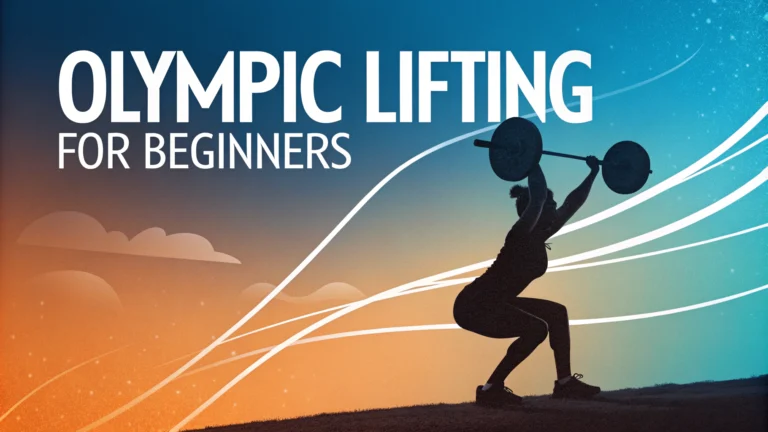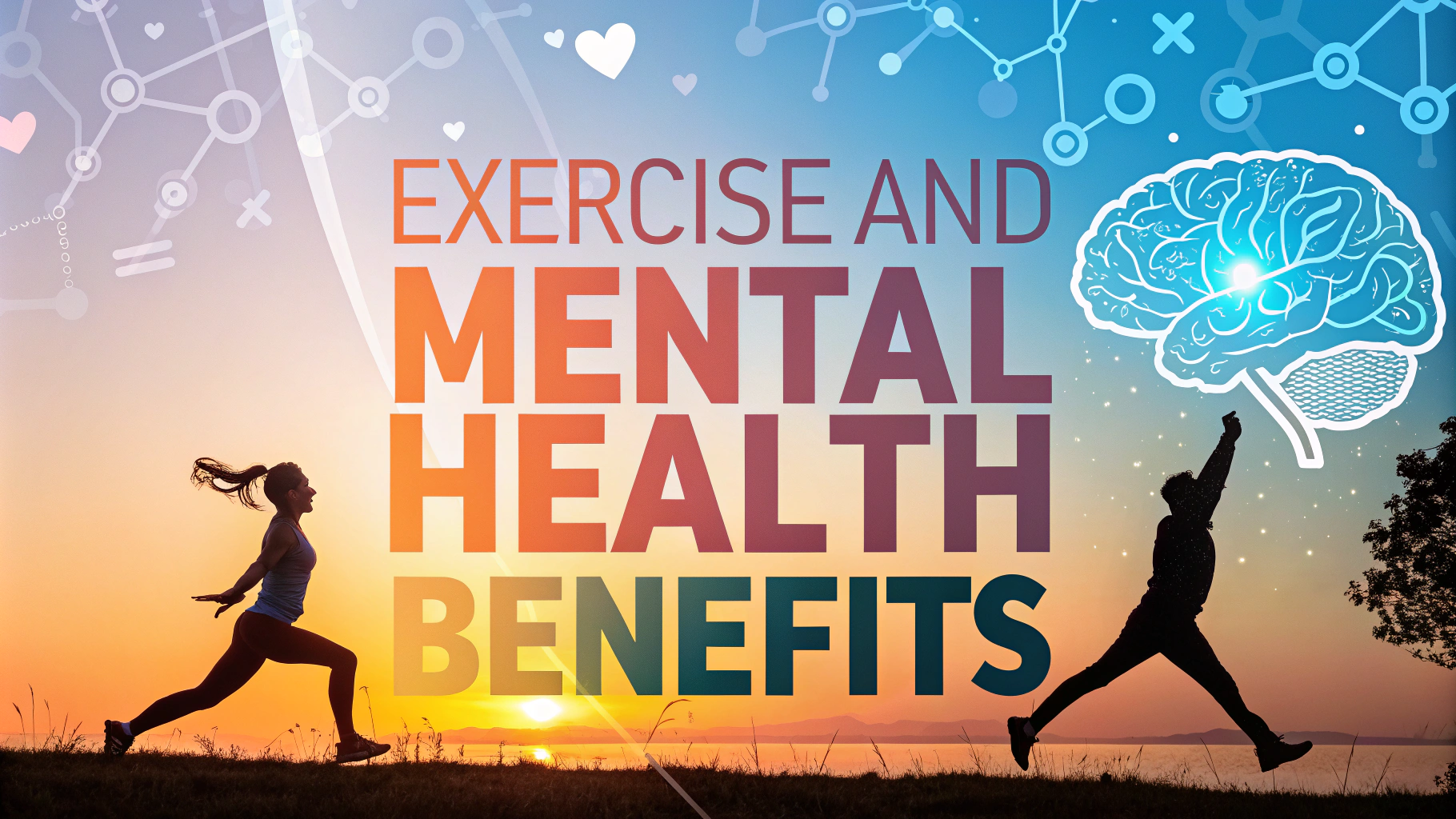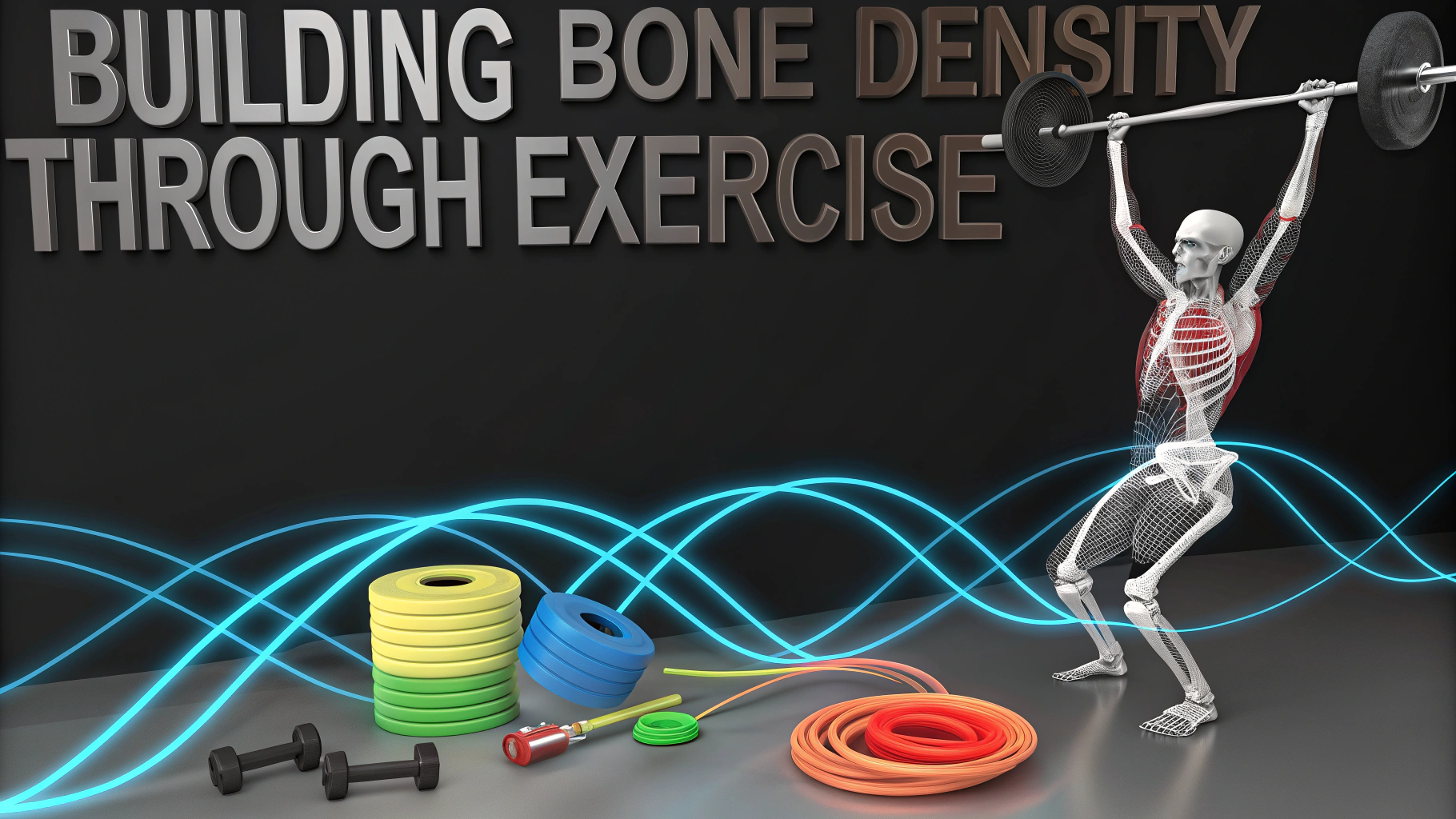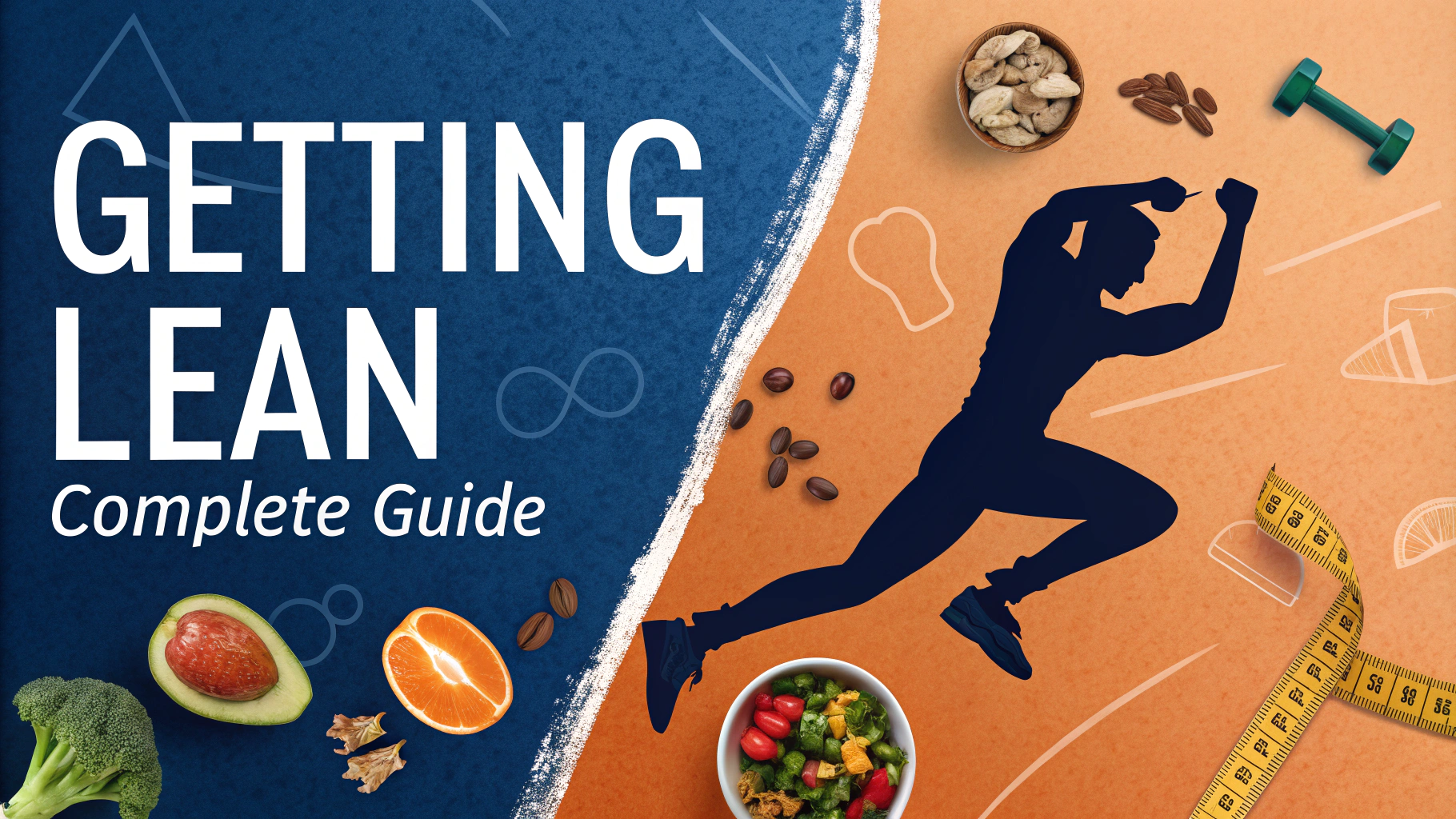Olympic weightlifting combines strength, power, and technique through two main lifts: the snatch and the clean and jerk.
Getting Started with Olympic Lifting
Before attempting any Olympic lifts, master these fundamental movements:
- Front squats
- Overhead squats
- Push press
- Romanian deadlifts
Essential Equipment
- Olympic barbell (15kg for women, 20kg for men)
- Bumper plates
- Weightlifting shoes with raised heels
- Lifting platform
Basic Olympic Lifts
The Snatch
The snatch involves lifting the barbell from the ground to overhead in one fluid motion.
Key Points:
- Start position: feet hip-width apart
- Grip: wide grip, roughly twice shoulder width
- Pull the bar close to your body
- Extend hips and knees explosively
- Drop under the bar quickly
The Clean and Jerk
This two-part lift consists of bringing the bar to your shoulders (clean) and pressing it overhead (jerk).
Clean Technique:
- Shoulder-width grip
- Pull bar to hip level
- Quick hip extension
- Catch in front rack position
Jerk Technique:
- Dip slightly at knees
- Drive bar overhead
- Split legs for stability
Training Schedule for Beginners
| Day | Focus | Main Exercises |
|---|---|---|
| Monday | Snatch | Snatch pulls, power snatch |
| Wednesday | Clean & Jerk | Clean pulls, power clean |
| Friday | Both lifts | Light technique work |
Safety Guidelines
- Always warm up properly with dynamic stretches
- Start with PVC pipe or empty bar for technique practice
- Work with a qualified coach (Find a USA Weightlifting club)
- Progress gradually with weight increases
Common Mistakes to Avoid
- Starting too heavy
- Rushing the learning process
- Poor mobility preparation
- Training without proper form checks
Contact your local weightlifting club or a certified coach through USA Weightlifting to get started safely.
Progress and Development
Mobility Work
- Ankle flexibility drills
- Hip mobility exercises
- Shoulder and wrist preparation
- Daily stretching routine
Supplementary Exercises
- Back squats
- Core strengthening
- Snatch balance
- Jerk balance drills
Competition Preparation
When ready for competition, focus on:
- Peak training cycles
- Weight class management
- Mental preparation
- Recovery strategies
Long-term Development
Olympic weightlifting requires:
- Consistent technical practice
- Progressive strength building
- Regular feedback and form checks
- Patience and dedication
Conclusion
Success in Olympic weightlifting comes from proper technique, consistent training, and smart progression. Focus on mastering fundamentals before advancing to complex movements. Always prioritize form over weight and seek qualified coaching for optimal development.
Remember that Olympic weightlifting is a technical sport that rewards patience and dedication. With proper guidance and consistent practice, athletes can develop both strength and skill while minimizing injury risk.
FAQs
- What equipment do I need to start Olympic weightlifting?
You’ll need access to bumper plates, an Olympic barbell, weightlifting shoes, a platform or rubber matting, and collars. Optional equipment includes weightlifting straps and a belt. - How often should a beginner train Olympic lifts per week?
Beginners should start with 2-3 sessions per week, allowing 48 hours between sessions for proper recovery and technique development. - Should I learn the snatch or clean and jerk first?
Most coaches recommend learning the clean and jerk first, as it’s generally easier to master than the snatch. The movement patterns are more natural and similar to everyday lifting mechanics. - What are the most common injuries in Olympic weightlifting?
Common injuries include wrist strains, lower back pain, knee issues, and shoulder impingements. Most injuries are preventable with proper form and progressive loading. - How long does it take to learn proper Olympic lifting technique?
Basic movement patterns can be learned in 3-6 months, but mastering the lifts typically takes 1-2 years of consistent practice under qualified coaching. - What should I eat to support Olympic weightlifting training?
Focus on consuming 1.6-2.0g of protein per kg of body weight, adequate carbohydrates for energy, and healthy fats. Timing meals 2-3 hours before training is optimal. - Do I need a coach to learn Olympic weightlifting?
Yes, it’s highly recommended to work with a qualified coach initially to learn proper technique and prevent injury, as these are complex movements that require expert guidance. - What mobility work should I do for Olympic lifting?
Focus on ankle, hip, shoulder, and wrist mobility. Key areas include thoracic spine mobility, overhead shoulder flexibility, and ankle dorsiflexion. - How heavy should I start with as a beginner?
Start with an empty barbell (20kg/45lbs) to learn proper technique. Only add weight once you can consistently demonstrate good form through all positions. - What are the best supplementary exercises for Olympic lifting?
Key supplementary exercises include front squats, overhead squats, pull-ups, Romanian deadlifts, and core strengthening exercises like planks and Turkish get-ups.








